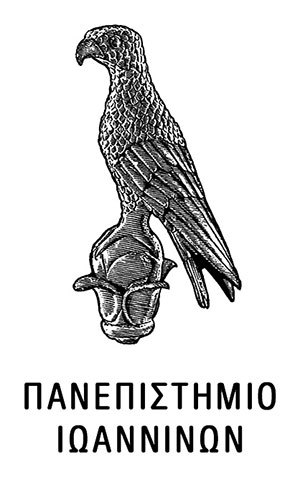The basic composition (moisture, crude protein, crude fat, total carbohydrates and ash) and metal content profile (Mg, Cr, Mn, Fe, Co, Ni, Cu, Zn, Pb, Cd, Al, As and Sn) of eight wild edible mushroom species (Boletus edulis, Boletus luridiformis, Suillus granulatus, Amanita rubescens, Macrolepiota procera, Pleurotus ostreatus, Lepista nuda and Volvariella gloiocephala) corresponding to 7 different families, from forests of West Macedonia, Greece, were determined. The dry matter content of mushrooms varied from 7.72% to 12.3%. Also, mushrooms were found to be good sources of proteins and total carbohydrates, with contents varying in the ranges 1.27-3.15, 5.33-8.41 g/100 g fresh weight (f.w.), respectively. In addition, the fat contents were very low 0.28-0.66 g/100 g f.w. The mineral elements were analysed by Atomic Absorption Spectroscopy (AAS) and metal content of mushroom samples ranged from 743-1200 for Mg, 0.20-11.8 for Cr, 8.57-35.1 for Mn, 74.8-393 for Fe, 0.07-1.45 for Co, 0.65-5.74 for Ni, 4.75-75.2 for Cu, 60.6-101 for Zn, 0.02-1.75 for Pb and 0.08-1.31 mu g g(-1) for Cd. As, Sn and Al concentrations were under the detection limit of the method used. The detection limits of the method for As, Sn and Al are 0.02 mu g g(-1) for each element.
(EN)

